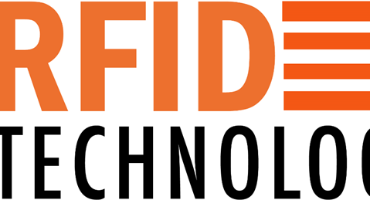Here's how it works and the benefits it provides:
1. How UHF RFID Enables Full Traceability of Surgical Instruments
RFID Tagging of Instruments
Each surgical instrument is tagged with a durable, miniaturized UHF RFID tag.
Tags are designed to withstand high temperatures, pressure, and chemical exposure during sterilization cycles.
Each tag contains a unique ID linked to detailed metadata (instrument type, batch, usage count, etc.).
Tracking Workflow Stages
Sterilization Process
Instruments are scanned as they enter and exit the sterilization unit.
System logs:
Date/time of sterilization
Technician ID
Sterilization method and validation
Ensures only sterilized instruments proceed to the OR.
Operating Room Usage
Instruments are scanned upon entry to the OR to ensure all required tools are present.
During surgery, instruments can be tracked in real-time.
Instruments used can be recorded automatically, creating a surgical case log.
Post-Procedure Reprocessing
Instruments are scanned again during decontamination and post-use checks.
Tags help detect missing or misplaced instruments, improving surgical tray accuracy.
Tray Assembly and Distribution
Surgical trays are built using RFID scans to ensure all correct instruments are included.
Trays and individual items are traced to departments, ORs, or specific patients.
2. Benefits of UHF RFID in Surgical Instrument Management
Area and the Benefits:
Traceability - End-to-end visibility of each instrument’s history
Sanitation Control - Ensures compliance with sterilization protocols
Documentation - Automatic surgical logs for patient records and audits
Efficiency - Reduces manual checks, speeds up tray assembly
Error Prevention - Detects missing, unsterilized, or expired instruments before surgery
Inventory Control - Tracks instrument lifespan and usage for maintenance/replacement
3. Reducing Risks and Errors
Instrument Count Automation
Prevents retained surgical instruments (RSIs) by automatically accounting for every tagged item.
Reconciles instrument count before and after surgery without human error.
Audit and Recall Readiness
In the event of an infection outbreak or recall, RFID logs show:
Which instruments were used on which patients
Their sterilization history
Relevant staff and procedure times
4. Why UHF RFID Specifically?
Feature UHF RFID Advantage
Read Range Longer (up to 5-6 meters), suitable for bulk reading
Bulk Scanning Scans full trays or sets simultaneously
High Speed Faster data capture compared to HF/LF RFID
Durability Tags are rugged for medical environments
Example Workflow: Surgical Instrument Lifecycle with UHF RFID
Tagging: Each instrument is fitted with a UHF RFID tag.
Sterilization: Scanned in/out of autoclave with automatic logs.
Tray Assembly: RFID ensures correct instruments are packed.
Surgical Use: Instruments tracked in OR per patient/case.
Decontamination: Tracked during cleaning and inspection.
Inventory: Usage cycles are counted; worn tools flagged for retirement.
Integration with Hospital IT Systems
RFID system integrates with:
Hospital ERP
Instrument tracking software
Electronic Medical Records (EMR)
Sterilization Management Systems

